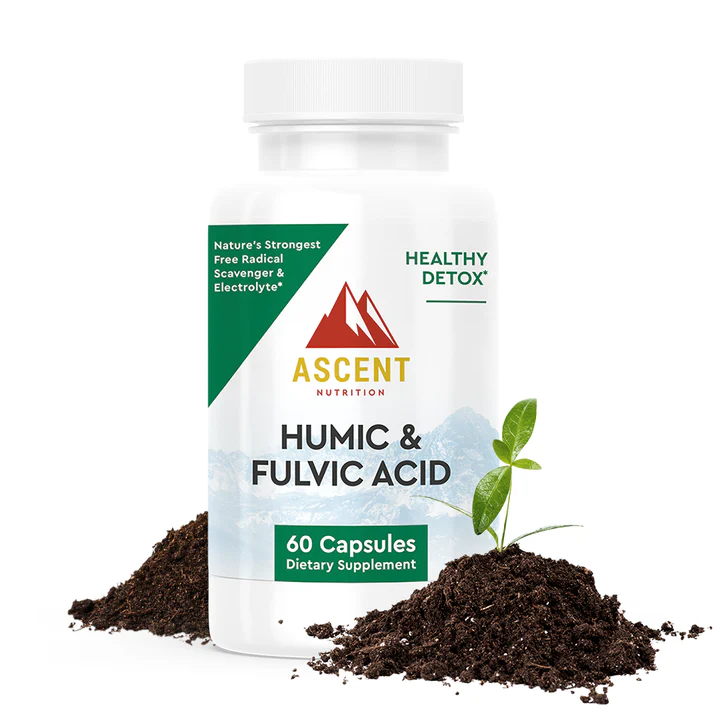(Science Daily) A new study of brain activity patterns in people doing a memory task finds that the way we make inferences — finding hidden connections between different experiences — changes dramatically as we age. The study’s findings might one day lead to personalized learning strategies based on a person’s cognitive and brain development.
Related The Secret to Improving Your Memory, According to Science
by Staff Writer, November 15th, 2021
The researchers found that whereas adults build integrated memories with inferences already baked in, children and adolescents create separate memories that they later compare to make inferences on the fly.
“How adults structure knowledge is not necessarily optimal for children, because adult strategies might require brain machinery that is not fully mature in children,” said Alison Preston, professor of neuroscience and psychology and senior author of the study published today in the journal Nature Human Behaviour. She co-led the study with first author Margaret Schlichting, formerly a doctoral student in Preston’s lab and currently assistant professor of psychology at the University of Toronto.
To understand the distinction between how adults and children make inferences, imagine visiting a day care center. In the morning, you see a child arriving with one adult, but in the afternoon that child leaves with a different adult. You might infer that the two grown-ups are the child’s parents and are a couple, and your second memory would include both the second person you saw and information from your earlier experience in order to make an inference about how the two adults — whom you didn’t actually see together — might relate to each other.
This new study finds that a child who has the same experiences isn’t likely to make the same kind of inference that an adult would during the second experience. The two memories are less connected. If you ask your child to infer who that child’s parents are, your child can still do it; he or she just has to retrieve the two distinct memories and then reason about how each adult might be related.
The neural machinery of children and adults differs, and the strategy that children use may be optimal for the way their brains are wired before key memory systems in the hippocampus and prefrontal cortex fully mature, the researchers believe. That difference could keep children from recalling past memories during new learning and limit their ability to connect events.
“In the absence of a mature memory system, the best thing a child can do is lay down accurate, non-overlapping memory traces,” Preston said. “From those accurate memory traces, children can later bring them to mind to promote inferences about their connections.”
The researchers asked 87 subjects, ages 7 to 30, to look at pairs of images while lying in an fMRI (functional magnetic resonance imaging) scanner, which measures brain activity by detecting small changes in blood flow with images that, as in the day care example above, provide opportunities to infer relationships between objects that had not appeared together.
The researchers found that the strategy adolescents used for making inferences was different from both that of young children and adults. Going back to the example of the parents at the day care, when an adolescent stores a memory of the second grown-up with the child, the adolescent suppresses the earlier memory involving the first one. Each memory becomes even more distinct than with younger children, and there are even fewer automatic inferences about how the two adults relate.
“Teenagers may have learning strategies that are tuned to explore the world more so than exploiting what they already know,” Preston said.
This and other lessons from the study could inform strategies for improving teaching and learning at various ages.
“From a brain maturation perspective, different people are going to be at different places,” Preston said, “and we can devise learning strategies that take advantage of the neural machinery that an individual has at hand, no matter if they are 7 years old or 70 years old.”
The study’s other authors are Katharine Guarino at Loyola University Chicago and Hannah Roome of UT Austin.
This work was supported by the National Institutes of Health and by the Canada Foundation for Innovation. Preston holds the Dr. A. Wilson Nolle and Sir Raghunath P. Mahendroo Professorship in Neuroscience.
Save 10% and get free shipping with a subscription!Fight viruses, remove heavy metals and microplastics, and restore your gut all at once with
Humic and Fulvic Acid from Ascent Nutrition.
MUST HAVE DETOX POWERHOUSE!
Stillness in the Storm Editor: Why did we post this?
The news is important to all people because it is where we come to know new things about the world, which leads to the development of more life goals that lead to life wisdom. The news also serves as a social connection tool, as we tend to relate to those who know about and believe the things we do. With the power of an open truth-seeking mind in hand, the individual can grow wise and the collective can prosper.
– Justin
Not sure how to make sense of this? Want to learn how to discern like a pro? Read this essential guide to discernment, analysis of claims, and understanding the truth in a world of deception: 4 Key Steps of Discernment – Advanced Truth-Seeking Tools.
Stillness in the Storm Editor’s note: Did you find a spelling error or grammatical mistake? Send an email to [email protected], with the error and suggested correction, along with the headline and url. Do you think this article needs an update? Or do you just have some feedback? Send us an email at [email protected]. Thank you for reading.
Source:
https://www.sciencedaily.com/releases/2021/11/211115151024.htm
Support our work! (Avoid Big Tech PayPal and Patreon)DIRECT DONATION


Leave a Reply